- No products in the cart.
Nimesulide prig.suspenzii granules for oral 100mg 2r pack. 5 pieces
$3.83
Nimesulide prig.suspenzii granules for oral 100mg 2r pack. 5 pieces
SKU: 02109303791 Categories: Joints and muscles, Medicaments, Pain and inflammation Tags: BIOTEC, pellets
Description
Composition
Active substance:
1 sachet contains: nimesulide – 0.100 g (100% of the material).
Excipients:
Sucrose (sugar) – 1,805 g, macrogol glycyl-rilgidroksistearat – 0,008 g, citric acid – 0.03 g maltodextrin – 0.015 g Orange flavoring – 0,04 g
Description:
Granules circular and irregular shape from light yellow to yellow with inclusions of yellow color, with orange smell. Presence of the powder from light yellow to yellow in color with inclusions of yellow.
Product form:
Granules for oral suspension of 100 mg.
2 g of a heat-sealable bags.
By 5,10,20 or 30 packs together with instructions for use placed into cardboard pack for consumer packaging.
Contraindications
Hypersensitivity to nimesulide or other components of the formulation; – hyperergic reaction history (bronchoconstriction, rhinitis, urticaria), associated with the use of aspirin or other NSAIDs, including nimesulide; – full or partial combination of asthma, recurrent nasal polyposis or paranasal sinuses intolerant of aspirin and other NSAIDs (including history); – hepatotoxic reactions to nimesulide history; – simultaneous use with other drugs with potentially hepatotoxicity (e.g., other NSAIDs); – chronic inflammatory bowel diseases (Crohn’s disease, ulcerative colitis) in acute phase; – the period after coronary artery bypass surgery; – at cold febrile syndrome and acute respiratory viral infectious tions; – suspected acute surgical pathology; – gastric ulcer or duodenal ulcer in the acute phase; erosive and ulcerative lesions of the gastrointestinal tract; perforation or gastrointestinal bleeding in history; – history of cerebrovascular bleeding or other diseases accompanying the increased bleeding; – severe blood coagulation disorders; – severe heart failure; – severe renal insufficiency (creatinine clearance
Carefully
Arterial hypertension, diabetes, compensated heart failure, ischemic heart disease, cerebrovascular disease, dyslipidemia / hyperlipidemia, peripheral arterial disease, hemorrhagic diathesis, smoking and creatinine clearance of 30 to 60 ml / min. Ulcerative lesions of the gastrointestinal tract in history; infection caused by infection with Helicobacter pylori history; elderly age; long previous use of NSAIDs; severe somatic disease. The simultaneous use of the following drugs: anticoagulant (e.g., warfarin), antiplatelet agents (e.g., aspirin, clopidogrel), oral corticosteroids (e.g., prednisone), selective serotonin reuptake inhibitor (such as citalopram, fluoxetine, paroxetine, sertraline).
Dosage
100 mg
Indications
Acute pain (pain in the back, waist, pain in the musculoskeletal system, including contusions, sprains, and dislocations of the joints, tendinitis, bursitis, toothache); symptomatic treatment of osteoarthritis (osteoarthritis), pain syndrome; Primary algomenorrhea. The drug is intended for the symptomatic therapy reduce pain and inflammation at the time of use; Nimesulide is recommended for therapy as a second-line drug.
pharmachologic effect
Pharmacological group:
Nonsteroidal anti-inflammatory drug.
Pharmacological properties:
Nonsteroidal antiinflammatory drugs (NSAIDs), anti-inflammatory, analgesic, antipyretic, and antiplatelet effect. Unlike other NSAID selectively inhibits cyclooxygenase-2, inhibits the synthesis of prostaglandins in inflammation; has a less pronounced inhibitory effects on cyclooxygenase-1 (rarely causes side effects associated with inhibition of prostaglandin synthesis in healthy tissues).
Pharmacokinetics:
Suction. Absorption ingestion – high (meal lowers the absorption rate without affecting its degree). The time to reach maximum concentration (TSmax) – 1.5 – 2.5 hours Connection to plasma proteins -. 95%, from 2% erythrocytes with lipoproteins – 1%, with alpha 1-acidic glycoprotein – 1%. Changing the dose has no effect on the binding. Distribution. The maximum concentration of – 3.5 – 6.5 mg / l. The volume of distribution – 0.19 – 0.35 L / kg. It penetrates the tissues of female reproductive organs, where after a single dose, its concentration is about 40% of the concentration in plasma. It penetrates the acidic environment of the inflammatory focus (40%), synovial fluid (43%). Easily penetrates the blood-tissue barriers. Metabolism. It is metabolized in the liver tissue monooxygenase. The major metabolite – 4-hydroxynimesulide (25%), has a similar pharmacological activity, but due to the reduction in size of molecules capable of rapidly diffusing hydrophobic channel cyclooxygenase-2 binding to the active site of a methyl group. 4-hydroxynimesulide is a water soluble compound, for which removal is not required and glutathione conjugation reaction phase II metabolism (sulfation, glucuronidation, etc.). Withdrawal. The half life of nimesulide – 1.56 – 4.95 h, 4-hydroxy-nimesulide – 2.89 -. 4.78 hours 4-hydroxynimesulide excreted by the kidneys (65%) and in bile (35%) undergoes enterohepatic recycling.
Pregnancy and breast-feeding
Use of the drug can impair female fertility and is not recommended for women planning pregnancy. Contraindicated in pregnancy. At the time of treatment should stop breastfeeding.
Conditions of supply of pharmacies
On prescription.
side effects
The incidence of adverse events classified as follows: very often (> 1/10); common (> 1/100,
special instructions
Nimesulide should be used with caution in patients with gastrointestinal diseases in history (ulcerative colitis, Crohn’s disease), since it is possible aggravation of these diseases.
The risk of gastrointestinal bleeding, ulceration / perforation of the stomach or duodenum increases with increasing NSAID doses in patients with the presence of a stomach ulcer go duodenal ulcer history, especially complicated by bleeding or perforation, as well as in elderly patients, so treatment should be started at the lowest possible dose. In patients receiving drugs that reduce blood clotting and inhibit the aggregation of platelets, also increases the risk of gastrointestinal bleeding. In case of gastrointestinal bleeding or ulcers of the stomach or duodenal ulcers in patients taking nimesulide, treatment should be discontinued.
When applying more than 2 weeks nimesulide requires monitoring of liver function (hepatic transaminase activity).
When the liver disease symptoms (itching, yellowing of the skin, nausea, vomiting, abdominal pain, dark urine, elevated liver transaminases) should stop taking nimesulide and contact your doctor.
Patients with hypertension, cardiac disorders, cerebrovascular disease, nimesulide should be used with caution. In the case of deterioration of the treatment with nimesulide should be discontinued.
Since nimesulide is partially excreted by the kidneys, the dose for patients with impaired renal function should be reduced depending on the performance of creatinine clearance. In case of deterioration of renal function nimesulide should be canceled.
Nimesulide can change the properties of platelets, so care must be taken when it is used in patients with hemorrhagic diathesis, but does not replace nimesulide prophylactic effect of aspirin in cardiovascular diseases.
During treatment with nimesulide it is recommended to avoid the simultaneous application of hepatotoxic drugs, analgesics and other NSAIDs (except low-dose acetylsalicylic acid used antiplatelet doses) and use of ethanol.
Elderly patients are particularly susceptible to adverse reactions to NSAIDs, including risk of gastrointestinal bleeding and perforation of the gastrointestinal tract, threatening the life of the patient, as well as deterioration of renal function, liver and heart. When nimesulide in these patients requires regular clinical monitoring of their condition.
The risk of gastrointestinal bleeding, ulceration or perforation upgraded to high doses of nimesulide in patients with gastric ulcer or duodenal ulcer history, in the elderly. These patients should start treatment with the lowest dose. These patients, as well as persons who take nimesulide in conjunction with cardiac dose acetylsalicylic acid, a combination therapy together with gastroprotectives to be applied (proton pump inhibitors or misoprostol).
To reduce the risk of adverse events should be used minimally effective dose of nimesulide lowest possible short course.
Effects on ability to drive vehicles and mechanisms. Effect of nimesulide on the ability to drive vehicles and management mechanisms have not been studied, so the period of treatment should be careful when driving vehicles and activities potentially hazardous activities that require high concentration and psychomotor speed reactions.
Storage conditions
Keep out of reach of children at a temperature not higher than 25 C.
Dosing and Administration
Inside. The contents of the sachet are dissolved in about 100 ml of water at room temperature (white slurry formed with yellowish-gray tint). The prepared solution can not be stored. Nimesulide drug is used only for the treatment of patients older than 12 years. Adults and children over 12 years: 1 sachet twice a day after meals. Elderly patients: the treatment of elderly patients need correction daily dose determined by the physician based on the possibility of interaction with other drugs. Patients with renal impairment: Patients with renal insufficiency mild and moderate severity (creatinine clearance 30 – 60 ml / min) a dose adjustment is required, whereas patients with severe renal failure (creatinine clearance
Information
Appearance may differ from that depicted in the picture. There are contraindications. You need to read the manual or consult with a specialist
Additional information
| Weight | 0.100 kg |
|---|---|
| Manufacturer | BIOTEC |


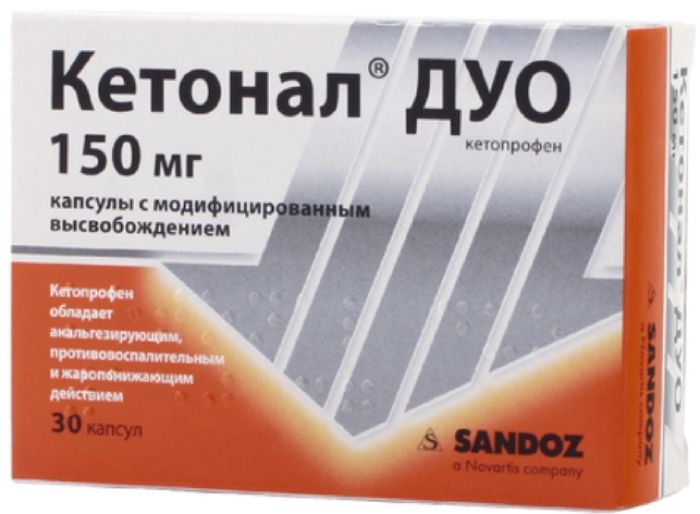
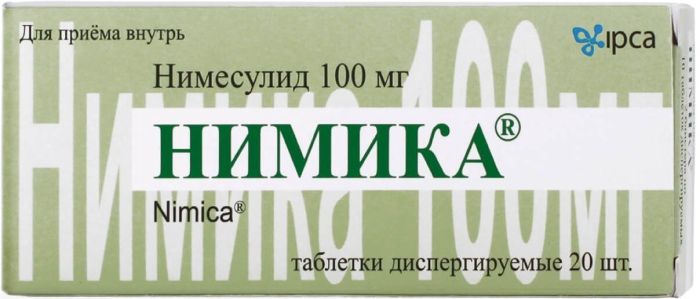
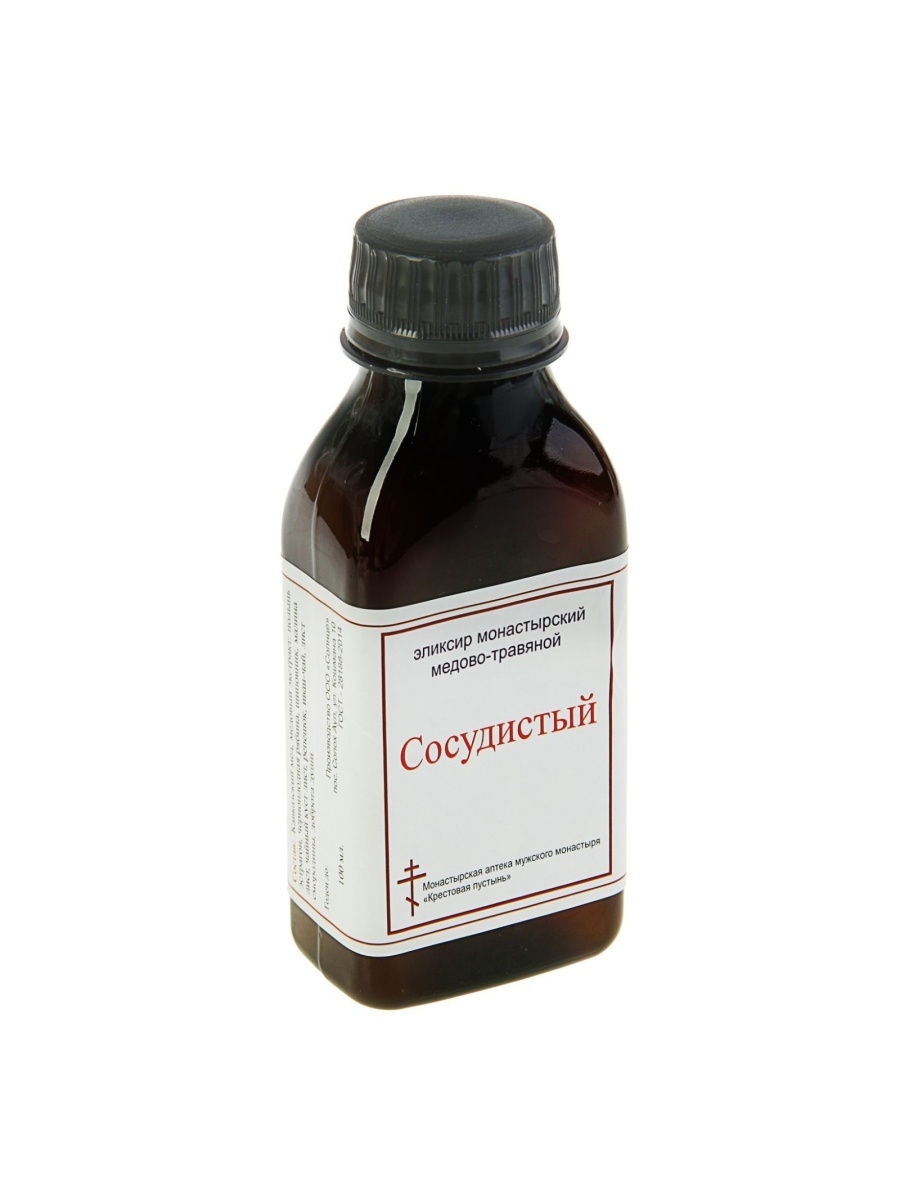
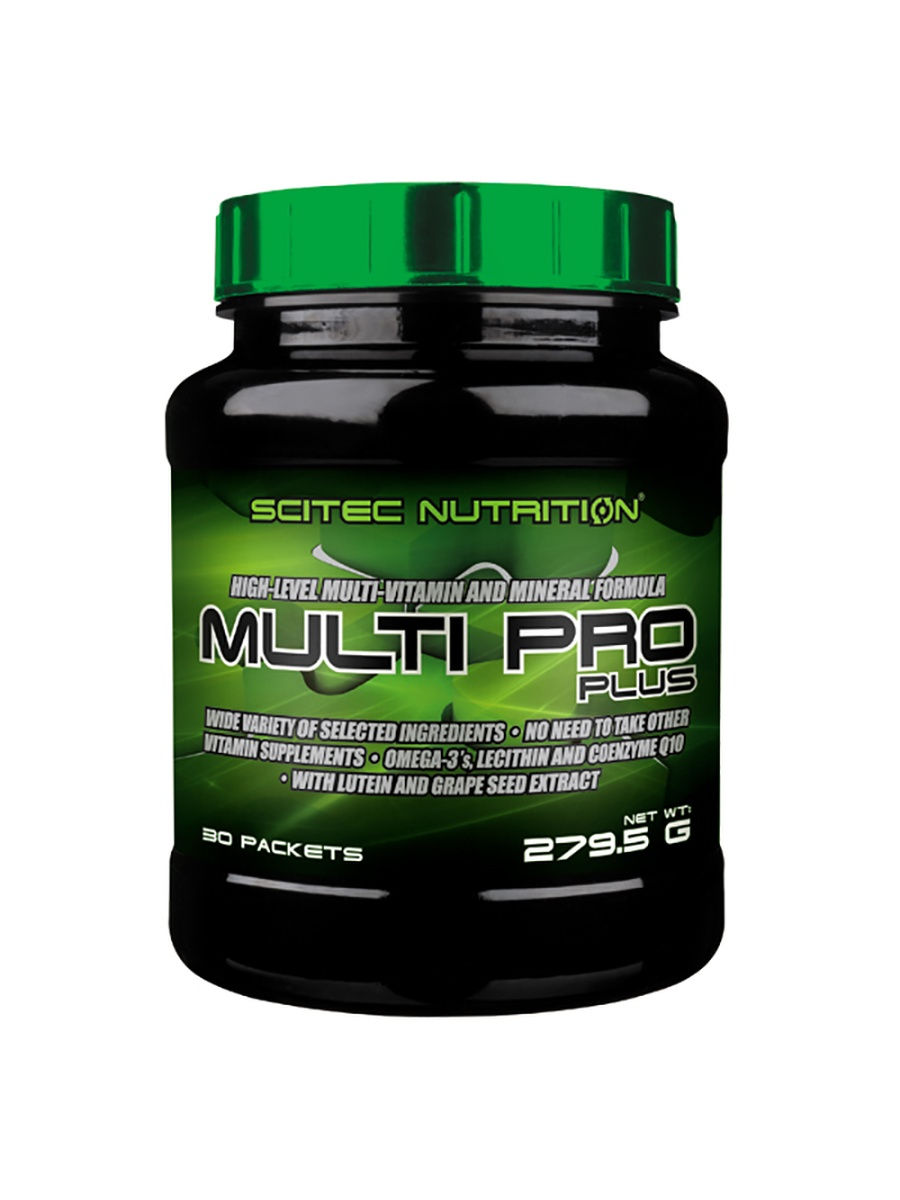
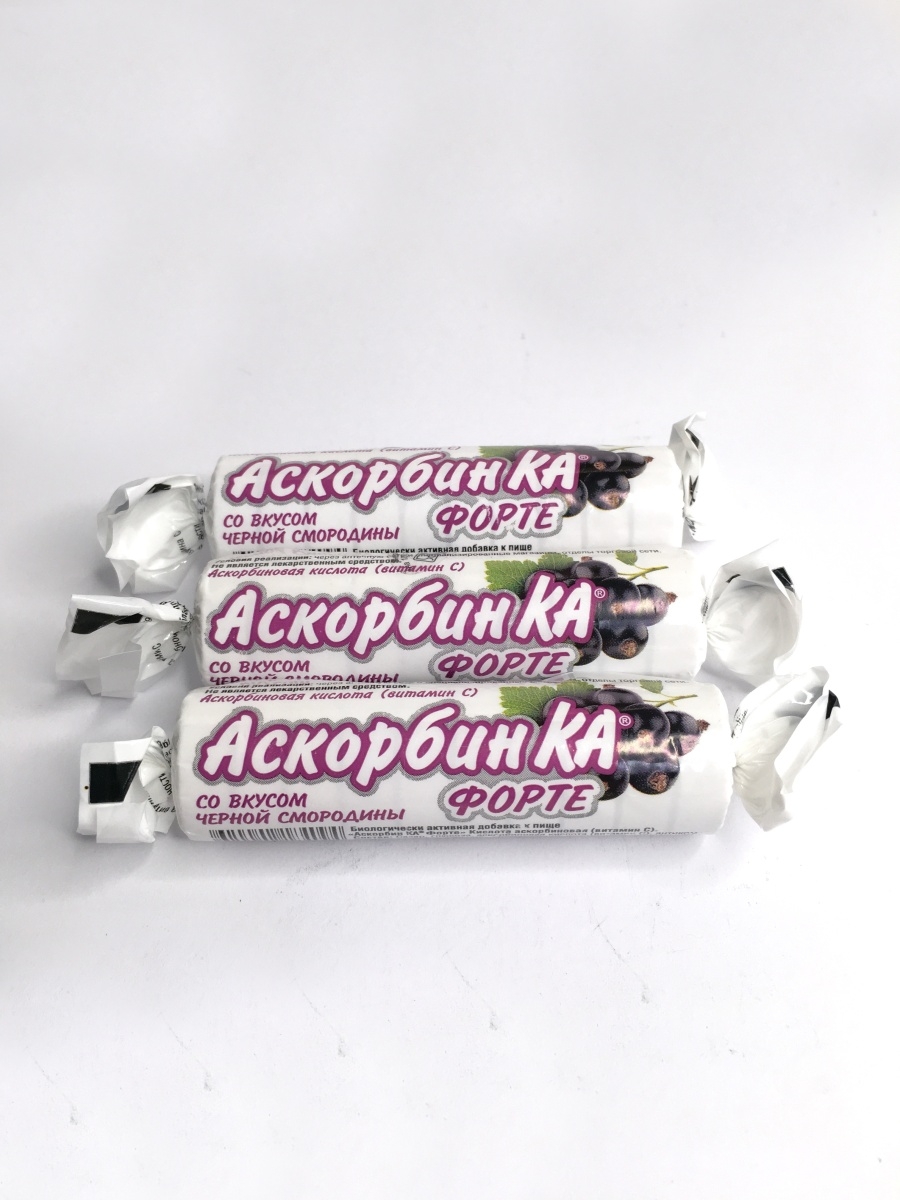
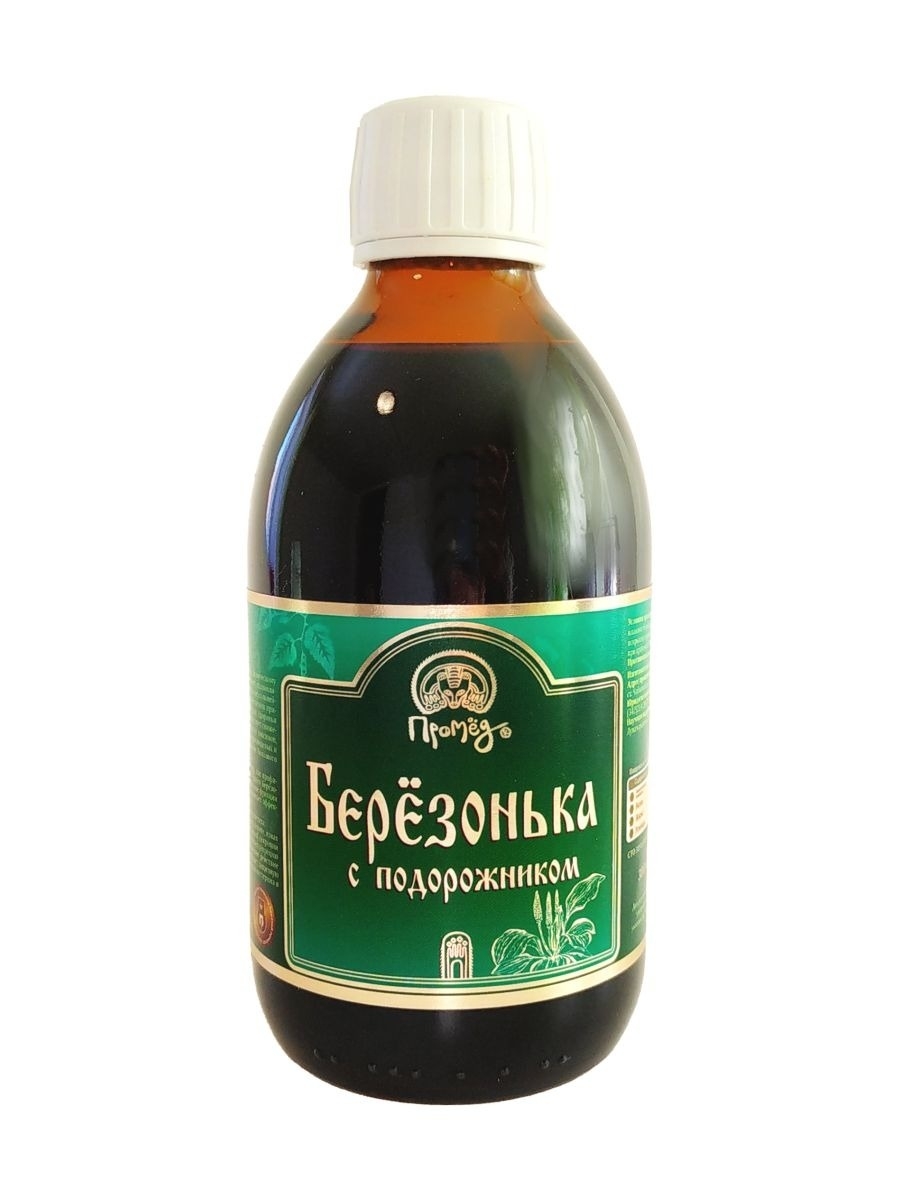
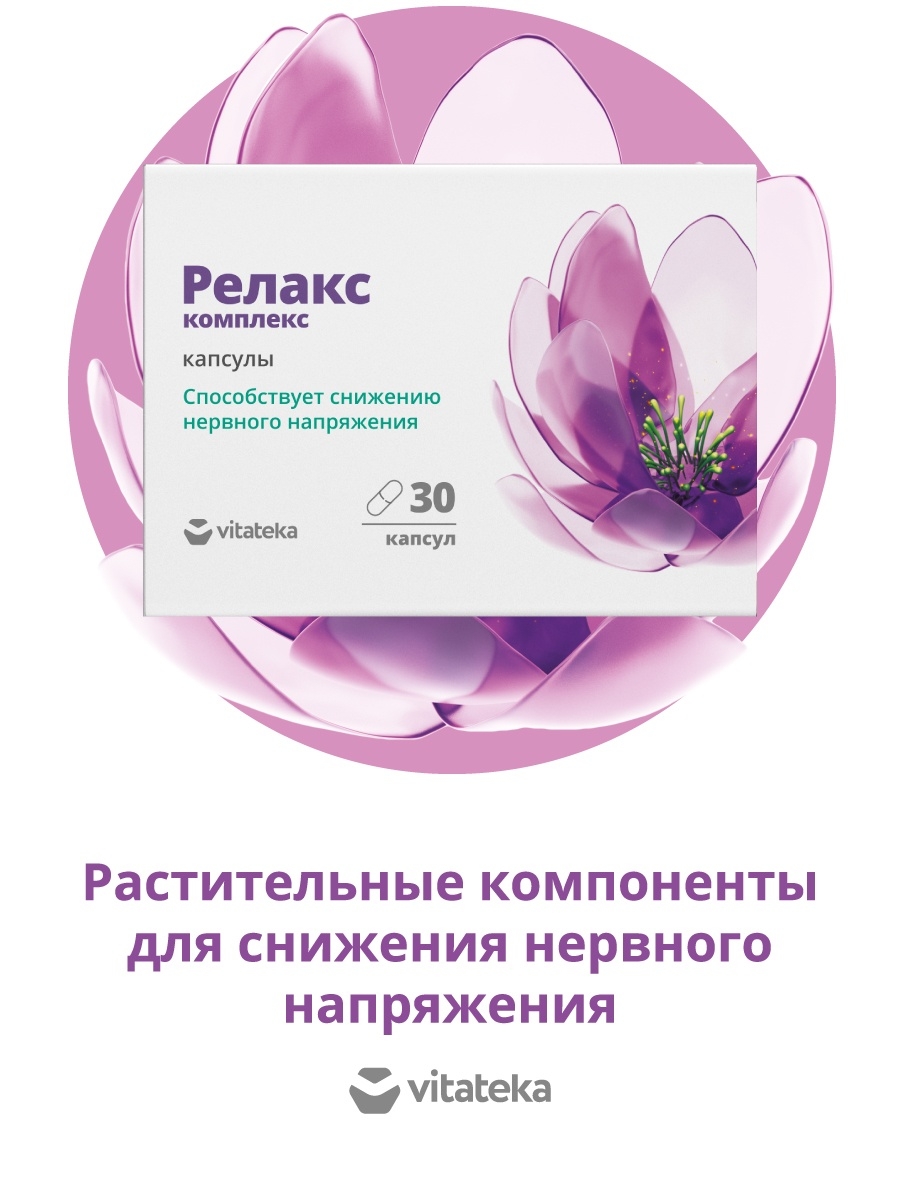
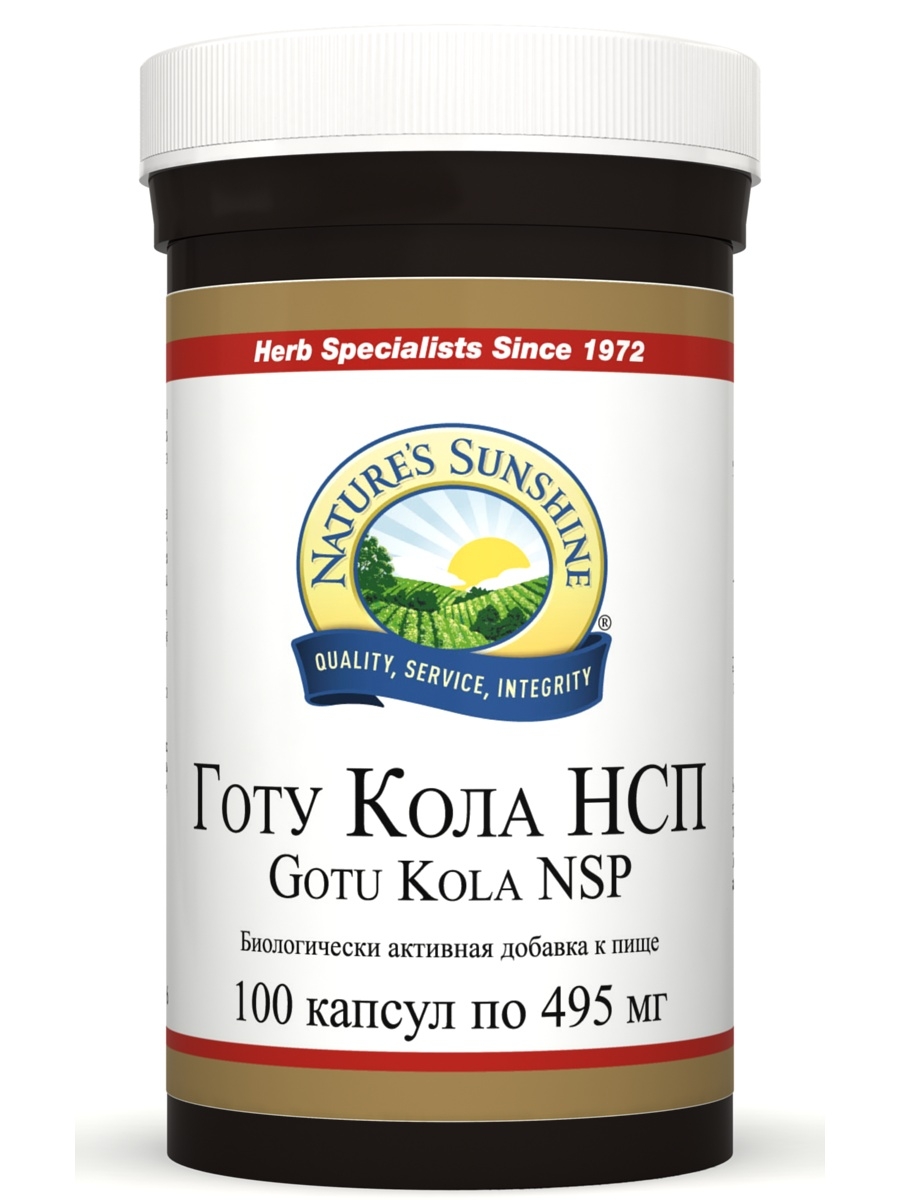




There are no reviews yet.